As women had a changing role in society, the new values reflected in the new fashions of the 1920's, which was the introduction of androgyny: masculine figure and short hair.  The most unforgettable trend during the 1920's was the flapper image. The word flapper was used to describe a woman who bobbed her hair short, wore makeup (only used by prostitutes and actors before hand), wore low-waist short, dresses that created a more boyish figure, liked to drink or smoke, and enjoyed jazz music. This style was a symbol for liberalism and it created tension between the younger and older generations, since the flapper look was considered against all morals and old Victorian and Edwardian values. By 1925, dresses were the shortest in history. 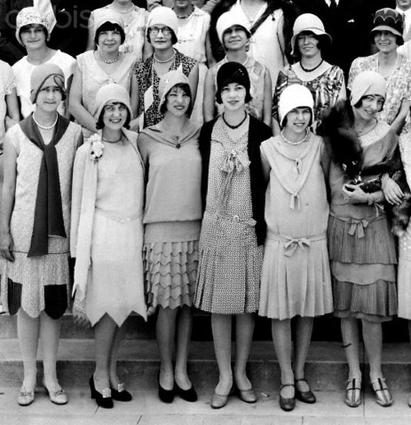 Undergarments began to change, and women gained freedom with their styles. The restricted corset was tossed out and replaced with camisole and bloomers, later shortened to knickers or underwear. During this period, a boyish look was created and desired by many. Women would wear clothing to flatten their breasts and their hips. A women's dress was now more fitted and shapeless; skirts were rather short and legs were seen up to the knee. This was perhaps the first time in history where women were conscious of their body shape. Women were striving to be thin and slender, going against the traditional hourglass figure which was popularized before. The fashion industry promoted the new figure, and women were constantly comparing themselves to models in magazines or advertisements. This need to become "accepted by society" is still existing for women in the twenty-first century.
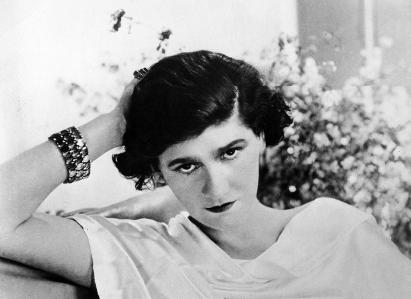 Coco Chanel was one of the first women to cut her hair, wear trousers and refuse the corset. Chanel's famous words include, "Let go of the waistline", which was affected by many women. She was one of the most influential women in the fashion industry, along with being a daring thinker. Being a fashion icon and designer, Chanel used the masculine style and men's wear inspiration to create her famous flapper dress. This time is when basic, minimalist clothing became trendy.  | The video above is a fashion show taken place in the 1920's. The woman's hat obscures the view of the man behind her. The new era of Jazz music, parties, and women's rights influenced much of the sports and casual wear of the decade. Early in the 1900's it was not believed to be important for a woman to win at competitive sports, so the clothing wasn't intended to give the right movement that would allow them to exceed. Tennis, golf, and swimming became widely popular, and women's clothing followed similar trends to the men's with sports. For golfing, women wore pleated skirts with a variety of solid colors and plaids with sleeved cardigans and a knit top. For tennis, they wore knee-length white skirts with a sleeveless white top. Women's bathing suits were a one piece with longer shorts that go almost to the knee. More and more flesh was being exposed with legs and arms, as the years went on. 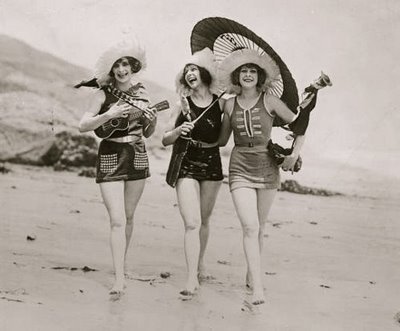 During the Jazz age, women needed their dresses to be easier to work with and manageable with movement. Low-waist dresses allowed a woman to move more freely in new dances like the Charleston and the Shimmy. The hem of the skirts and dresses also began to rise in the 1920's. Firstly, the hem only increased upward a few inches, yet from 1925 to 1927 a woman's skirt fell just below the knee. This led to wearing stockings, or even more, flesh-colored stockings of artificial silk, which gave legs the impression of being naked. States like Ohio and Utah passed laws fixing hems at around seven inches from the floor, to try and fix the outrageous new way of dresses.
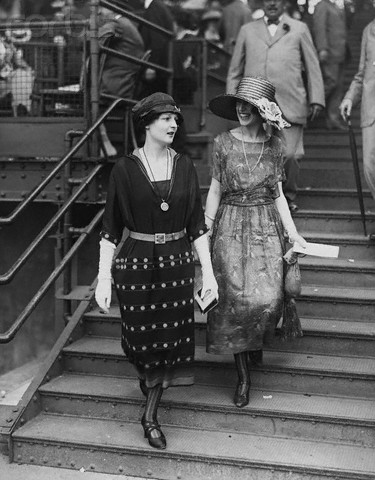 One of the most constant features of the 1920's was the cloche hat, worn by women to dances, on the streets, and also at parties in their own homes. The hat was well known for being head-hugging tight over a short hairstyle, like a bob.They were worn pulled down over the forehead so the eyes peeked out slightly below the brim. The name is derived from cloche, which is the French word for "bell", since resembled one. Other than cloche hats, large droopy, wide-rimmed hats were also very fashionable; they were worn on sunny summer days. 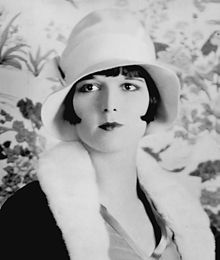 |
Make a Free Website with Yola.